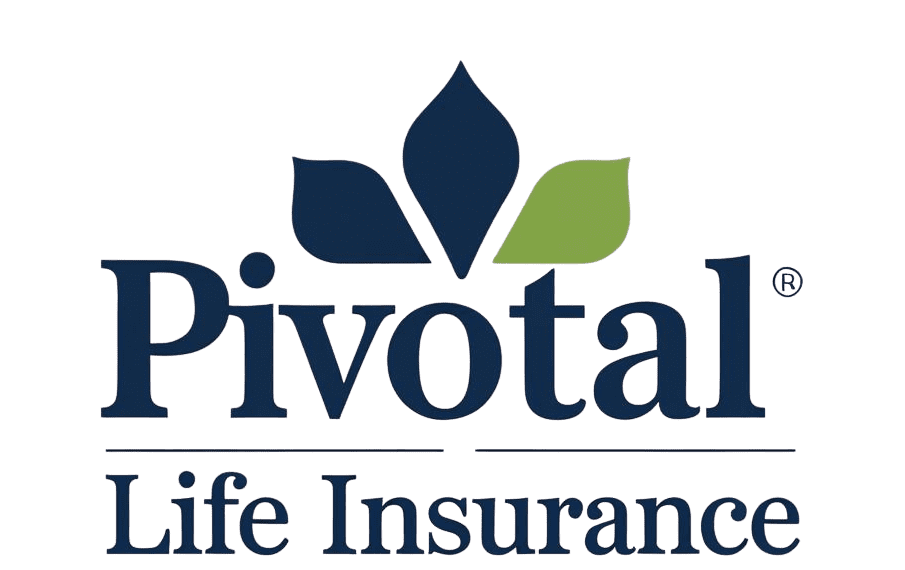Thinking about a gift that lasts a lifetime? While toys and gadgets are exciting in the moment, a life insurance policy offers something far more profound: a foundation for future financial security. It’s a thoughtful gesture that can protect a child’s insurability, build a cash nest egg for their future, and lock in affordable rates for decades to come.
But the idea of gifting insurance can feel complicated. You might be wondering, “Is it even possible?” or “Where do I start?” The great news is that it’s more straightforward than you might think.
This guide will walk you through everything you need to know about how to gift a life insurance policy to a child. We’ll cover the benefits, explain the different types of policies, and provide a clear, 5-step process to help you give a gift that truly keeps on giving.
What Is a Child Life Insurance Policy?
A child life insurance policy is a type of permanent life insurance purchased by an adult—such as a parent, grandparent, or legal guardian—for a minor. The adult is the policy owner and is responsible for paying the premiums, while the child is the insured individual. This structure remains in place until the child reaches the age of majority (typically 18 or 21), at which point ownership can be transferred to them.
Top 3 Benefits of Gifting Life Insurance to a Child

Gifting life insurance is about more than just a death benefit; it’s a strategic financial tool that offers significant long-term advantages.
1. Locks in Future Insurability
One of the most powerful benefits is guaranteeing the child’s ability to have life insurance coverage as an adult. If they were to develop a health condition later in life that could make them uninsurable, this policy ensures they are already protected.
2. Builds Tax-Deferred Cash Value
Permanent life insurance policies include a cash value component that grows over time. This acts like a savings account that can be borrowed against or withdrawn later in life to help pay for major expenses like college tuition, a down payment on a first home, or even starting a business.
3. Affordable Lifetime Premiums
Because children are young and healthy, the premiums for their policies are incredibly low. By purchasing a policy early, you can lock in that low rate for the rest of their life, making it a highly cost-effective gift.
How to Give Life Insurance as a Gift in 5 Steps

Ready to get started? This process follows a clear, structured path. Following these steps will ensure you set up the policy correctly and create a lasting financial legacy.
Step 1: Choose the Right Type of Policy (Term vs. Permanent)
The first decision is choosing between term and permanent life insurance.
Term Life Insurance: Provides coverage for a specific period (e.g., 10, 20, or 30 years). It’s generally cheaper but does not build cash value and expires at the end of the term. It’s less common to gift a child because the goal is usually lifelong coverage.
Permanent Life Insurance (Whole Life): This is the most popular option for children. It provides lifelong coverage as long as premiums are paid and includes the cash value accumulation benefit mentioned earlier. The fixed premiums and guaranteed growth make it a stable, predictable gift.
For most gift-givers, a whole life policy is the preferred choice because it delivers on all three key benefits: lifelong insurability, cash value growth, and locked-in low premiums.
Step 2: Determine Who Will Be the Policy Owner
A minor cannot legally own a life insurance policy. Therefore, an adult must act as the policy owner until the child comes of age. This person is responsible for managing the policy and paying the premiums. Typically, the owner is:
A parent
A grandparent
A legal guardian
Step 3: Complete the Application
Typically involves answering a health questionnaire rather than requiring a full medical exam. The insurance company will review the child’s medical history to approve the policy.
Step 4: Pay the Premiums
Premiums are very affordable, often starting as low as $15–$25 per month for a meaningful permanent policy.
Step 5: Plan for the Policy Transfer
The final step is planning for the future. Once the child reaches the age of majority in their state (usually 18 or 21), you can legally transfer ownership of the policy to them.
This is a simple process that involves signing a change-of-ownership form provided by the insurer. Once they are the owner, they become responsible for the premium payments and have full control over the policy’s cash value.
Q&A
Q: What happens to the cash value if the policy is canceled?
A: If the policy is ever surrendered (canceled), the policy owner receives the accumulated cash value, minus any applicable surrender charges. This makes it a flexible financial tool, even if plans change.

